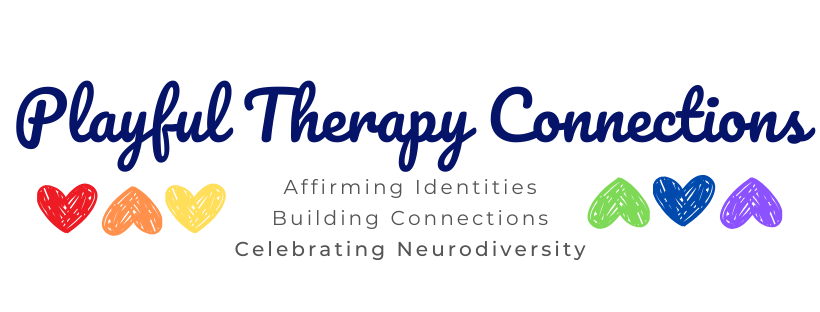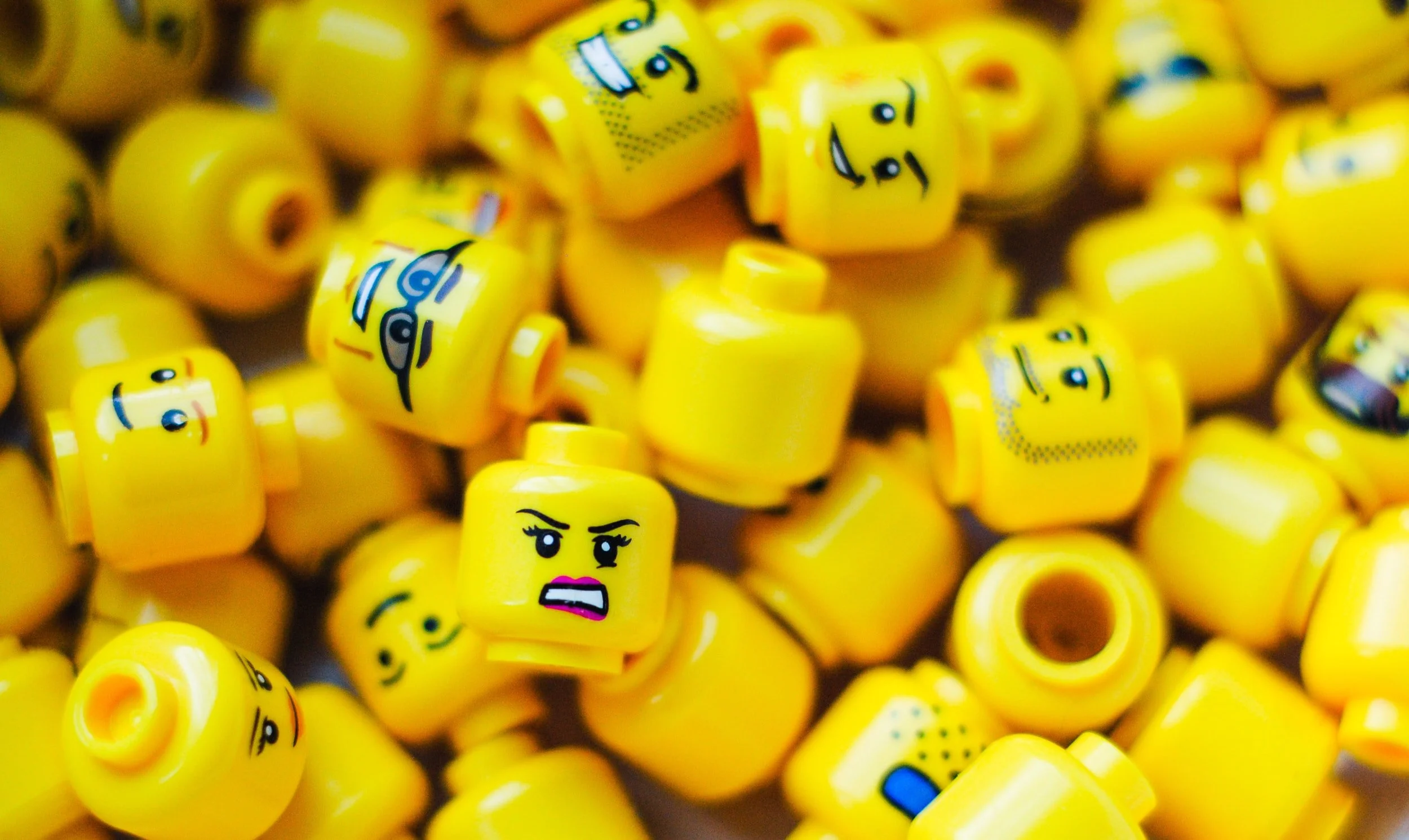Neurodiversity 101: What Is Neurodiversity?
Many of us know a Neurodivergent person, whether they're autistic, ADHD, or one of the many other kinds of Neurodivergence that make up our wonderfully diverse world. But a lot of people don't actually know what Neurodiversity means, or what it means to be Neurodivergent. The Neurodiversity 101 blog series will try to answer some of your questions and give you the information you need to support yourself and your loved ones in positive and affirming ways.
What Does Neurodiversity Mean?
This question trips a lot of people up. So, before we dive deeper into the topic, we need to start by defining some central terms. Language, after all, helps frame our experiences.
Dr. Nick Walker, a queer autistic scholar, writes that Neurodiversity is “not a perspective, approach, a belief, a political position, or a paradigm.” She says instead that Neurodiversity is “the infinite variation in Neuro-cognitive functioning in humans... a biological fact of our existence.” Neurodiversity, in its broadest sense, is the word we use to describe brains that function differently than what we consider ‘normal’. The more you learn about Neurodiversity, the more you will come to realize that ‘normal’ doesn’t really exist. But society does have expectations about how people’s brains function, and those whose brains function differently are considered Neurodivergent. We often think of Neurodiversity as a cover-word for just Autism and ADHD, but this isn't correct; it is an umbrella term for many other neurotypes that mean people think and function differently. More on that in another post.
The existence of Neurodiversity isn’t negative; it is just a fact. Dr. Walker provides three key principles to understand this.:
Three principles of Dr. Walker's Neurodiversity Paradigm:
1: Neurodiversity is a natural and valuable form of human diversity.
2: There is no “normal” or “healthy” type of brain or mind. This is a cultural fiction, no more beneficial to a healthy society or to the overall well-being of humanity) than the idea that there is one “normal” or “right” ethnicity, gender, or culture.
3: The social dynamics that appear and connect with neurodiversity are similar to the social dynamics that appear and relate to other forms of human diversity (e.g., diversity of ethnicity, gender, or culture). These include the dynamics of social power inequalities, and also the dynamics by which diversity, when embraced, acts as a source of creative potential.
(This quote has been slightly shortened for accessibility. You can Read the Full Quote Here)
How We Talk About And Think About Neurodiversity
The social dynamics Dr. Walker mentions influence how we think about Neurodiversity. There are two main models that society uses to engage with Neurodiversity and disabilities. These are the medical model and the social model
The Medical Model:
In the medical model, people with disabilities are viewed as needing to be fixed. Disability is a health condition that is dealt with by medical professionals. It is the disabled person’s problem, and the ultimate goal is to find a cure. For those who follow the medical model, disability is a tragedy, and people with disabilities are less-than, abnormal, different, and pitiable. It only considers what people cannot do and cannot be, an takes away their autonomy and potential. Their disability defines and limits them.
The medical model centers the perspectives of those around people with disabilities, rather than the people themselves. It doesn't give them a voice to express their own needs, and it assumes that all they want is to be 'normal'. We often see this in school settings, where we spend so much time focusing on a child’s limitations, rather than their strengths, and try to force them to fit into a certain box, whether it's natural for them or not.
The Social Model
The social model of disability, on the other hand, focuses on the environment and how it impacts someone’s disability. People With Disabilities Australia describes disability from the social perspective as “the interaction between people living with impairments, in an environment filled with physical, attitudinal, communication, and social barriers. The environment must change to enable people with impairments to participate in society on equal footing with those around them.”
According to the social model, impairments still exist, but they only cause significant problems because the person's environment doesn't accommodate their needs. For example, getting into a building in a wheelchair isn’t a problem, unless the builders didn’t put in a ramp. The stairs are the problem, not the person using the wheelchair.
The social model of disability puts the emphasis on equality and empowerment. People with disabilities are just as worthy and deserving as everyone else, and people who want to support them should make environments more inclusive. It encourages people to focus on their strengths, and views disability as a difference but not a deficit.
This post hopefully serves as a helpful introduction to some of the theories surrounding how society thinks about neurodiversity and disability. In a future post we will talk more about how to engage with Neurodiversity in an affirming way, and how to build an inclusive environment. We will also continue to define terms and provide information you and your child can use to understand our neurodiverse world.
If you and your child would like to find a therapist who affirms and supports neurodiversity, and you live in Maryland, Virginia, or DC, please connect with us at Playful Therapy Connections. We value diversity and want everyone to live a life of authenticity and acceptance.
To work with us, Contact Us to schedule your free consult.

